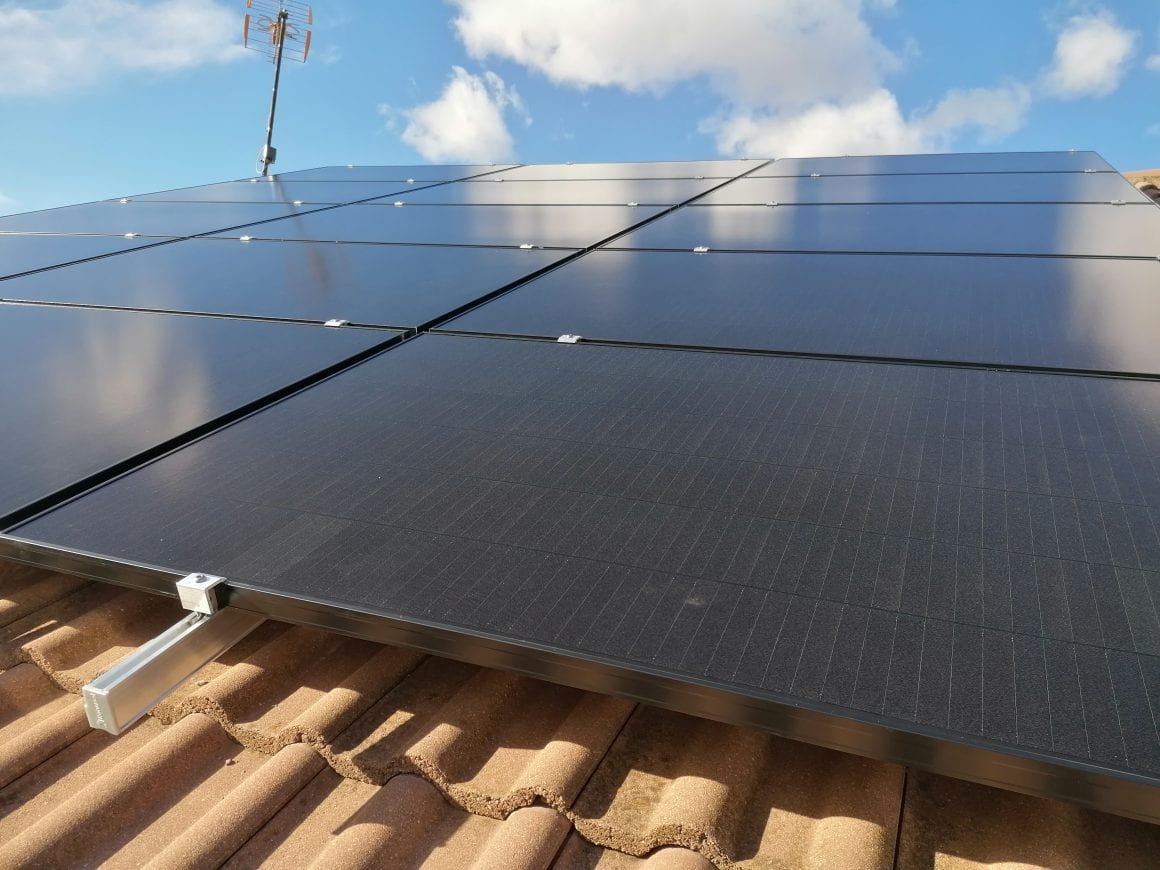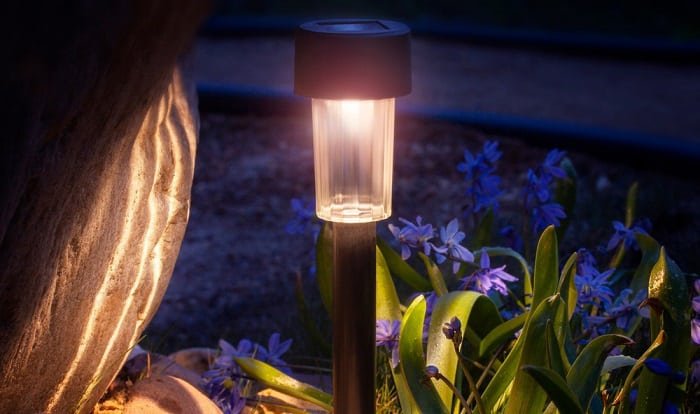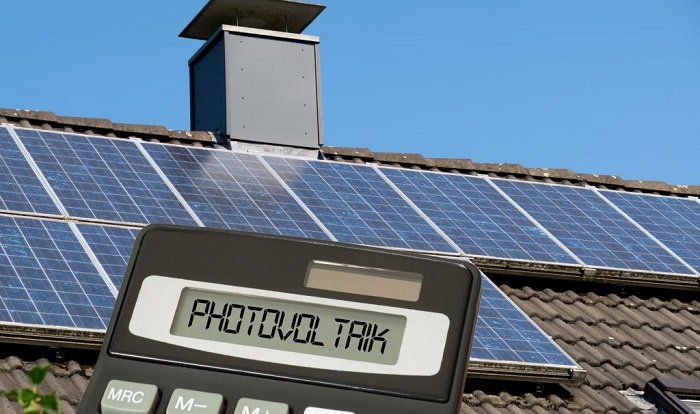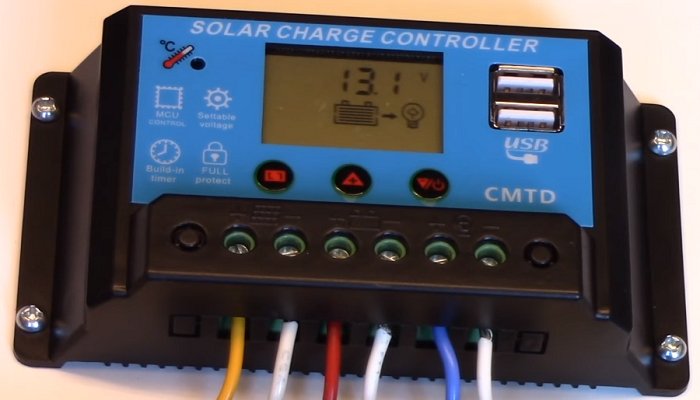
How does a solar battery work?
If you are interested in knowing more about solar energy or you are considering setting up a photovoltaic installation in your home, it is good that you know its fundamental components. In this article we explain how a solar battery works , one of the essential elements in some solar installations.
What is a solar battery?
Normally, much is said about solar panels, it is the central element of any solar installation, but it is not the only one. THE SOLAR BATTERY IS A FUNDAMENTAL COMPONENT IN A PHOTOVOLTAIC INSTALLATION and almost always goes unnoticed. This is because in some photovoltaic installations it is not usually mounted, but it is an essential piece on many occasions. On other occasions when solar batteries are not mounted, they could also play a leading role, as we are going to explain in this post.
Solar batteries are complementary elements to solar panels, essential if we want to have energy when it is night or when it is cloudy and the panels do not capture enough energy to meet all the electrical consumption of the house. The batteries accumulate the energy that is captured during the day and that is not consumed. It is an essential reserve when we want to have night light in an isolated house, for example, that does not have the possibility of drawing energy from the electrical network.
Batteries are also very useful if we want to take advantage of the full potential of our panels even if we live in a house that is connected to the network. Thanks to the batteries, in this case, we continue to save light even at night.
PV energy that is not consumed instantly is wasted if there are no batteries. This is the only element that we can use to save energy for later.
In addition, having batteries is a safety plus , since on some occasions it guarantees us uninterrupted power supply in the event of a blackout , especially today there are already some that can work as a backup. But the question is, how does a solar battery work?

What does its operation consist of?
The battery has a double function : to accumulate energy that remains as a reserve to have it at night and also to compensate for energy deficits during the day, when the energy captured by the panels is not enough to meet the entire energy demand, either because climatic conditions reduce its efficiency during those hours or because there are more devices connected at the same time.
The battery recharges little by little throughout a good sunny day. The consumption we make is not the same at all hours and we can also be absent. It is those periods of low or no consumption when the batteries are recharged.
There are also batteries in specific installations such as public lighting or traffic signals , in which there is a small panel that charges the battery with energy during the day, so that when night comes they can power a light or a signaling sign.
Types of solar batteries
Solar PANEL INSTALLERS are the most suitable technicians to advise you on the type of battery you need in your home or business. There are several technologies available on the market, and evolution in this field is constant. The first batteries were large, expensive and inefficient. Over time, all this has changed a lot thanks to the fact that companies do not stop researching in the photovoltaic field, offering more and more advanced batteries and panels every so often.

There are different types of batteries, all essential to understand how a solar battery works. We detail them below:
- Depending on the production cycle , we have low-cycle batteries , which are responsible for providing energy when there is a higher demand and the panels cannot be fully supplied. A constant and uninterrupted supply is guaranteed thanks to them. These types of batteries cannot stop being discharged deeply, since they do so, they can be damaged and begin to lose part of their performance. It is not advisable to discharge them below 20%. This type of battery, being more delicate than others, is not usually mounted in photovoltaic systems.
- Deep cycle batteries. They are much more resistant batteries than the previous ones, because they can be repeatedly discharged below 80% without reducing their effectiveness. For this reason, they are highly appreciated in private photovoltaic installations, so that they do not have to be aware of the charge and discharge cycles and can use them for years without diminishing their performance. They have a long service life and take a long time to wear out.
- We also have another classification of batteries without taking into account the charge cycle. Batteries can also be distinguished by the manufacturing process and the type of materials used as electrolytes.
- Lead acid batteries. They are the most widely used batteries, thanks to their high efficiency and their price: they are the cheapest we can find on the market. But they are batteries that need a few maintenance guidelines . They need to be fully charged after each discharge cycle. It is also not recommended to leave them completely discharged for several days, as it can start to wear out before time.
- Liquid batteries. Liquid batteries have two different formats. They can be open or sealed . In the open ones we find some covers that allow the change of liquid easily. In the sealed ones, this change of liquids is done through small valves. Liquid batteries are cheap and resistant to overcharging, but their lifespan is not very long. They are also sensitive to low temperatures.
- AGM ( Absorption Glass Mat ) batteries have the acid inside glass fibers that serve to absorb energy. Its opening is through valves. They have long service life and high efficiency. Against them, we have to say that they are usually the most expensive you can find on the market. They are deep cycle batteries.
- LITHIUM batteries: the present and the future, are the ones that have the best performance and guarantee, do not need maintenance, take up less space, and today it is what is being investigated the most…. during these years it is what is going to be developed the most, in self-consumption it will be difficult to put another type of lithium battery ( TESLA , LG…).

The useful life of a battery in photovoltaic solar installations is around ten years , although this period can be affected if many deep discharges occur.
The solution to avoid this is to have a sufficient charge capacity (install more batteries), to prevent the discharge from falling below 50%.
Knowing how a solar battery works is important so that we can take better care of our installation, to get the most out of its useful life. It is also important to rely on the experience of professionals in the sector, who will guide us in the choice of materials and in the design of our photovoltaic installation.






